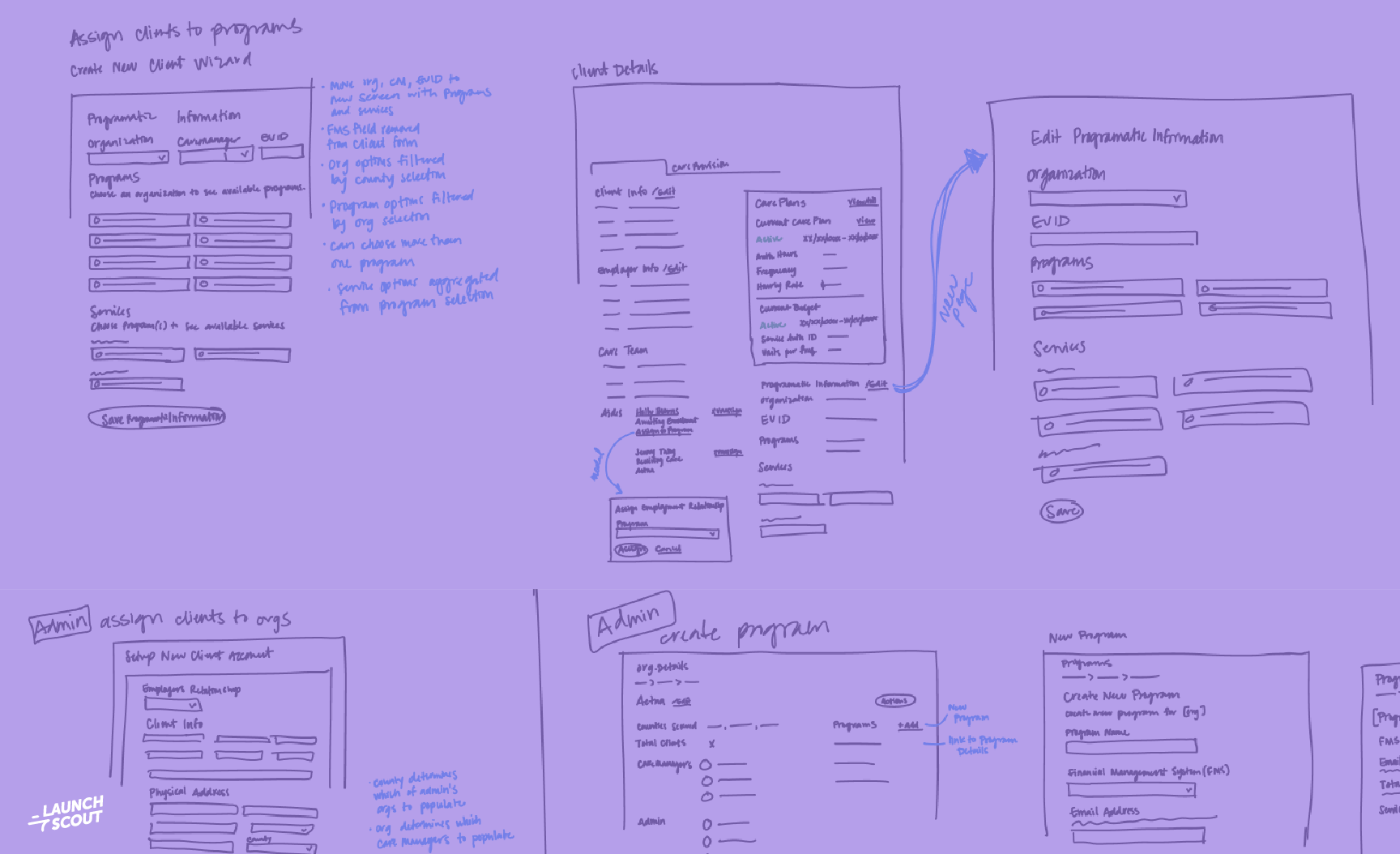20 November 2018
Design happens whether or not you value it - ignoring it can ruin your project
 I have worked on a wide variety of software projects in my time at Gaslight. But one thing that has been consistent throughout my career is that people don’t really understand what design is, the importance of good design and why our teams spend so much time focusing on it.
I have worked on a wide variety of software projects in my time at Gaslight. But one thing that has been consistent throughout my career is that people don’t really understand what design is, the importance of good design and why our teams spend so much time focusing on it.
We often hear something like this from clients, “I just need it developed. I don’t have time. I don’t care how it looks as much as I care how it works.”
Interesting, the perception of what design is and its separation from development. We believe the above statements are shortsighted and usually lead to costly mistakes.
What is design?
Design is: “purpose, planning, or intention that exists or is thought to exist behind an action, fact, or material object” (thanks Google.) I regularly emphasize the intentionality behind creative decisions because the absence of it is typically where the line between effective and ineffective design begins. Design happens whether or not you value it. Ignoring it can ruin your project.
Design types can take on many names, some meaning a similar thing, some meaning different things: graphic design, user experience design, user interface design, application design, digital design, front end design, … it goes on and on. But I’m not here to discuss the difference. I am here to discuss why all of these are important.
Let’s put everything under the general umbrella of just “design” for discussion purposes. Good design helps you use or sell your product, both before and after it’s built. Creating a product that is built the right way through the pairing of design and development is going to save time and money. As it applies to software, (and literally everything), design touches the whole process.
Why it matters
It is in what you see, what you don’t, and how you feel as you’re using it. Every detail chosen is a creative decision, whether it is meant to be or not. The biggest difference is being intentional. Either design with the user’s interests in mind, or you’re doing it wrong.
This is key. As fellow design squad member Ryan constantly reminds people, “You are not your user.”
Integrating design into your project…
- Increases usability
- Improves functionality
- Reduces risk
- Gains shared understanding
- Engages the right target
- Educates users and client
- Enables users to accomplish their goal
If something looks and functions beautifully in the eyes of a teenager, but your target demographic is accounting executives, something went awry.
What design looks like at Gaslight
 Here at Gaslight, design and development work together. Many refer to our UX team members as developers, since we are implementing the designs that we create in tandem with the development team. By practicing design thinking in the research process, we can find validation in why a product will be viable enough to build.
Here at Gaslight, design and development work together. Many refer to our UX team members as developers, since we are implementing the designs that we create in tandem with the development team. By practicing design thinking in the research process, we can find validation in why a product will be viable enough to build.
When we do project kick-offs and talk about who our ideal user is, we go through mapping exercises and build personas. There are plenty of tools out there to help us get in the mindset of our users like Empathy Mapping but we really want the users in the room as often as we can. Focusing on real users to guide decision-making will help to build the best product possible.
We use wire framing to plan layouts and user flows, and low-fidelity or high-fidelity mockups (dealer’s choice, I lean toward good old fashioned pencil and paper for speed) to portray ideas and vet out blind spots. We work in browser to design-as-we-build and to keep our feedback loop as small as possible. Clients and real users test the product before it is finished, but the truth is, design and development look a lot alike in our company.
So, call design what you want. But whatever you call it, call it important.



